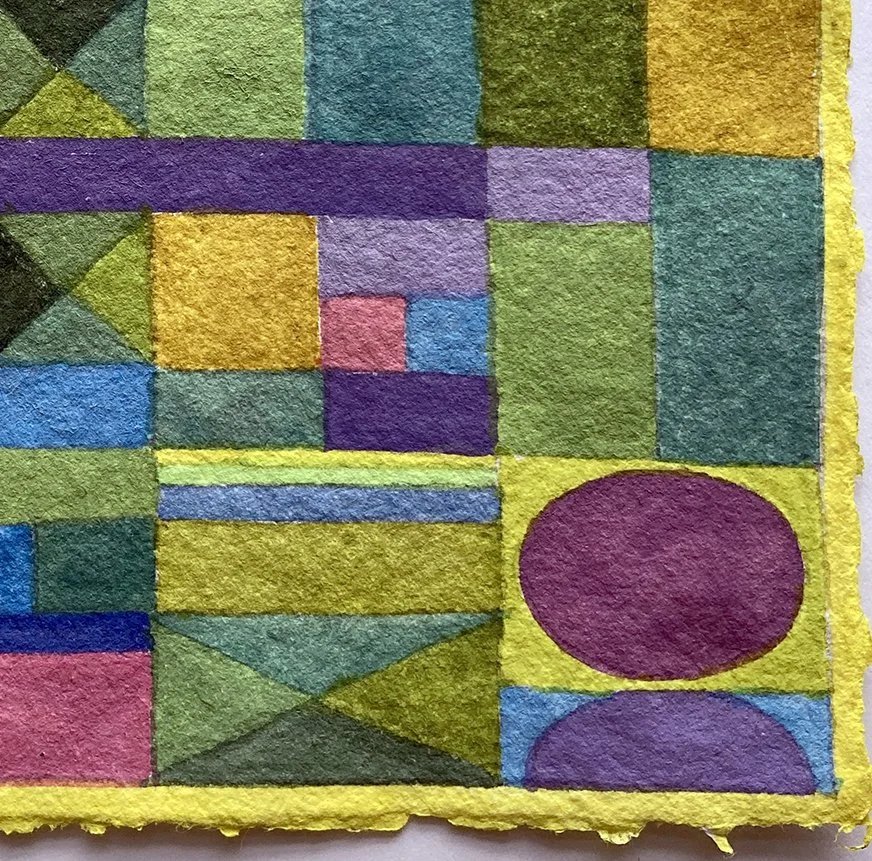
Psychotherapy, Psychoanalysis and Psychiatry
3896 24th Street
San Francisco, CA 94114
ericglassgoldmd@tutanota.com
(415) 420-8633
People come to see me when they experience emotional pain and need help figuring out how to move beyond the pain to feel better. Sometimes a problem has built up over time and reaches a saturation point. It may be a problem with work or school or with a love or family relationship or with the way you relate to yourself. Sometimes something completely unexpected—a layoff, a breakup, an attack, a sudden illness or death—takes you by surprise and uncovers a long-neglected area of development. Under these circumstances, it’s not that hard for human beings to withdraw or live mostly on the surface and feel cut off from themselves and from communities and networks of support.
Each person I work with is different. Some want to have better relationships with partners, friends or family, or with themselves, or to contribute meaningfully to the world, to develop a new relationship, career or a creative life. Others just want to feel more free to express and enjoy themselves. Still others need help to cope with symptoms of depression or anxiety. I have been able to offer perspective, understanding, structure and support, and to facilitate the growth of a process of internal resilience and vitality to help my patients to clear obstacles to changing and improving their lives.
As with a physical injury, help for emotional pain has to address both the immediate hurt and the deeper problem the acute injury uncovered. A person has to heal and simultaneously develop a new way of coping and approaching their emotional life and relationships.
Welcome to My Practice
How I Can Help
When people begin psychotherapy or psychoanalysis, they usually have already tried hard to solve their problems on their own, but they’ve run into a wall somewhere, perhaps in the form of a barrage of negative thoughts about themselves or tendencies to sabotage their careers, relationships or feelings of unbearable anxiety, depression or loneliness or in the form of other destructive habits such as drinking too much, eating too much or closing themselves off within a virtual world.
Part of what I do is help you stay the course. Part of what I do is to engage you in a new way, to shine light on areas that have remained hidden to you, on resources within you and available to you in the world. My approach is to listen carefully to you, to get in tune with you and to draw upon a range of perspectives and models of therapy to tailor a treatment plan to fit your style, personality and needs. I am always working in the present of your life and the here-and-now of our relationship, while staying in tune with your comfort and openness to exploring your personal and cultural history, including darker aspects of your past experiences that shaped your personality, always with the goal of integrating those parts of your life and leaving the past behind.
Because I am a psychoanalyst, I will include depth-oriented models in therapy, which includes the study of attachment and early contributors to the foundation of relating, loving and forming of fundamental bonds, all informed by contemporary research and models in neuroscience but also by the study of the effects of the history of past generations on your present-day life.
My focus is creating a therapeutic relationship that is steady, supportive, curious and free from judgement. Within the reliable and compassionate environment of a therapeutic relationship, I will assist you grow and change, to build new networks of support internally and externally, to foster resilience and learning about your feelings and needs and to deepen your learning and awareness of yourself and others you rely on. I bring an interactive, warm way of relating and talk in a clear, direct way that avoids jargon. I show respect for sensitive areas of each person’s experience that deserve to be treated with care, sensitivity and tenderness. I strive to accompany, encourage and foster each of my patients as they make meaning from what they have lived, and thereby find a more authentic way of connecting with themselves and others.
Working Together
Learn more about my background, the people who come to me for help, treatment options and ways to move forward to work together.
